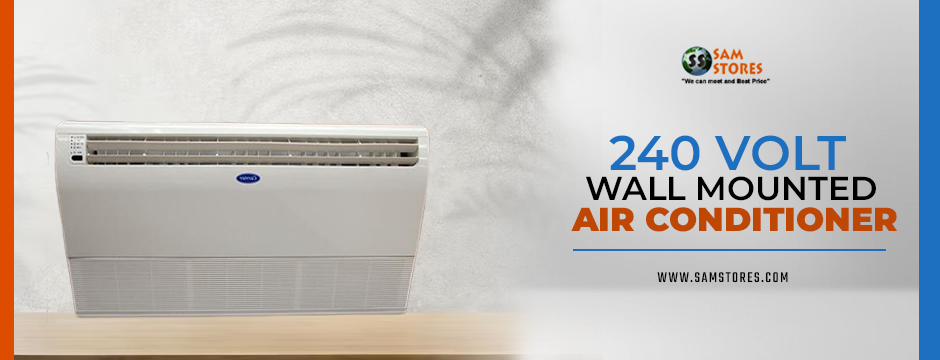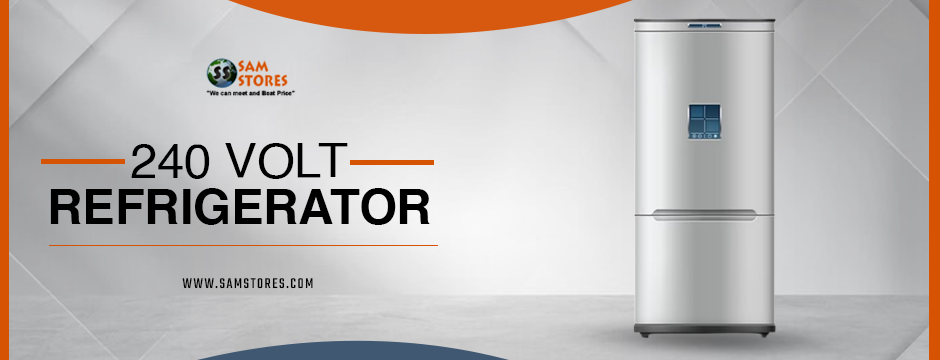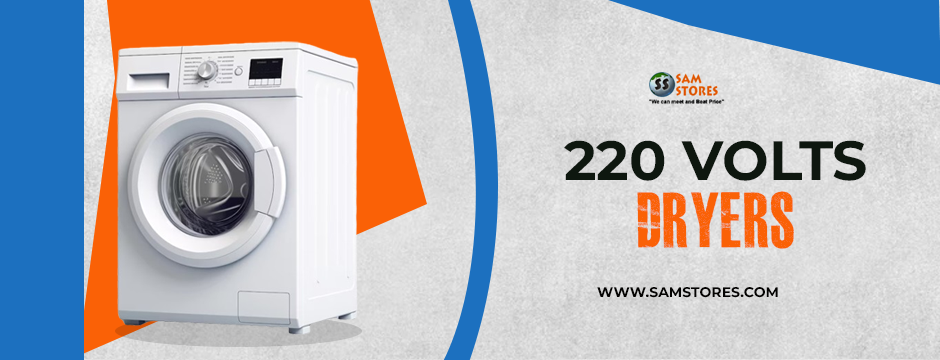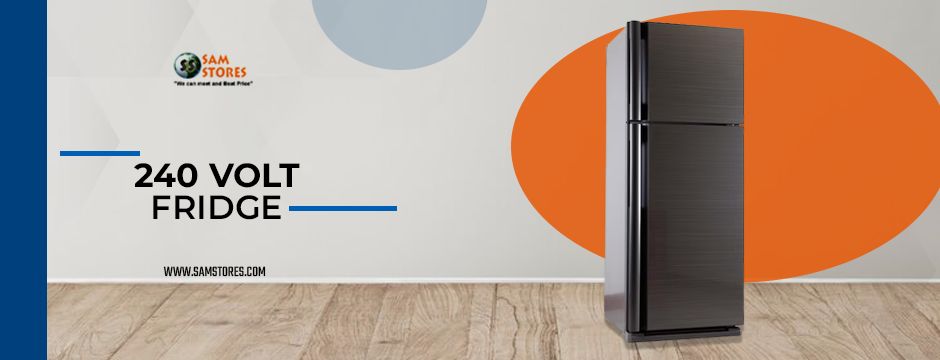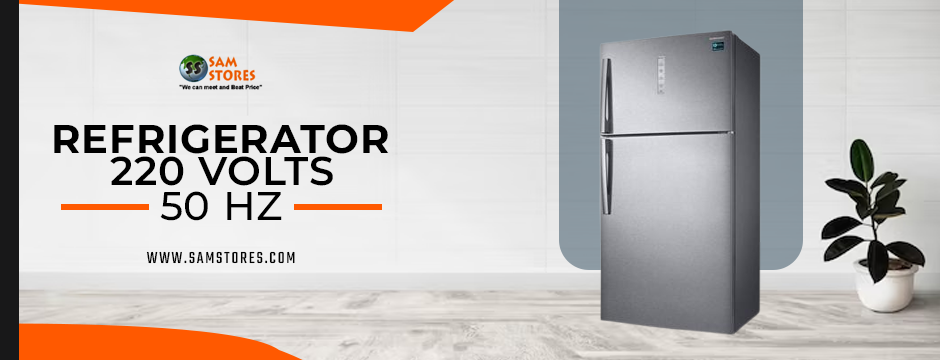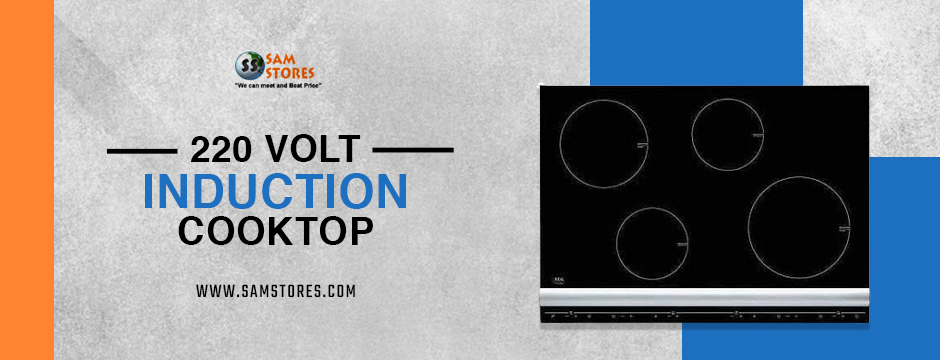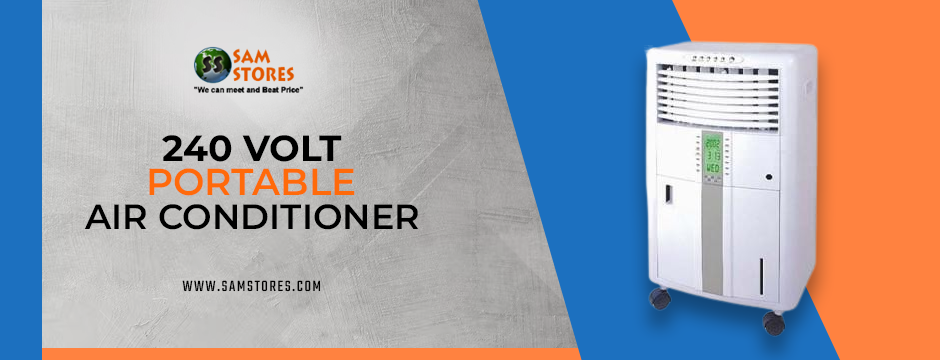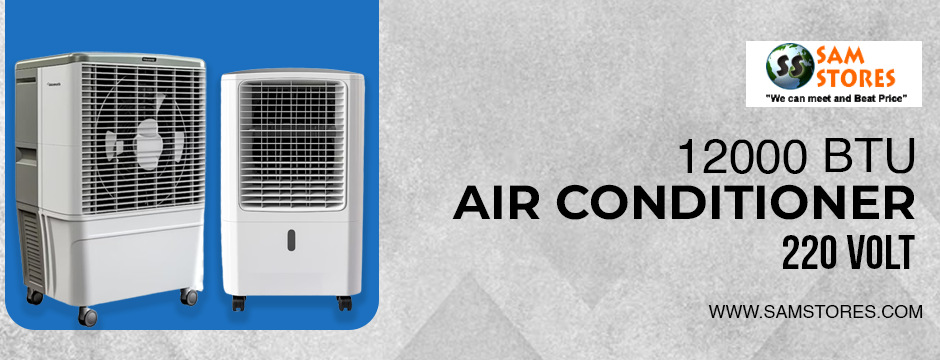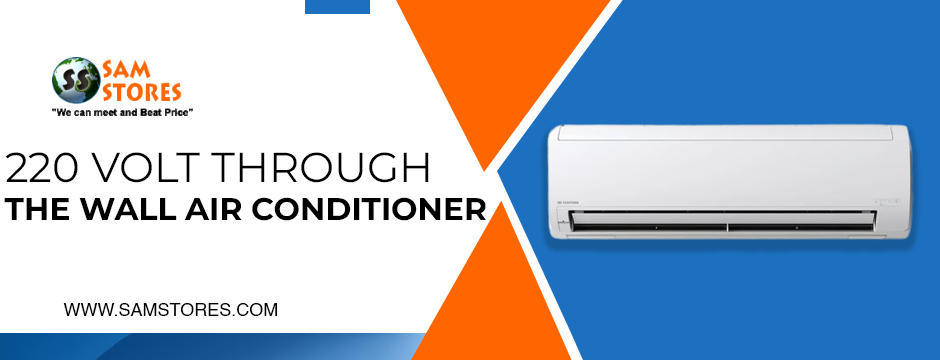In the scorching heat of summer, staying cool and comfortable becomes a top priority for many households and businesses alike. Traditional air conditioning units have long been the go-to solution, but in recent years, there’s been a noticeable shift towards a more compact and efficient cooling option – the 220 volt wall mounted air conditioner. In this comprehensive guide, we’ll delve into the reasons behind the rising popularity of these units and why they’re considered a game-changer in the world of cooling technology.
Understanding the 220 Volt Wall-Mounted Air Conditioner
In the world of cooling technology, the 220 volt wall mounted air conditioner stands out as a compact and efficient solution. Before we delve into why these units are currently trending, let’s take a moment to understand what makes them unique. Unlike traditional cooling systems such as window units or central air conditioning setups, wall-mounted ACs offer a sleek, space-saving design that is installed directly onto the wall of a room.
Efficiency and Energy Savings
One of the primary reasons behind the growing popularity of 220 volt wall-mounted air conditioners is their superior energy efficiency. These units are meticulously designed to cool specific zones or rooms, allowing users to precisely tailor their cooling needs. By focusing on cooling only the areas that are in use, wall-mounted units can significantly reduce energy consumption compared to central air systems. This targeted cooling approach not only leads to lower utility bills but also contributes to a reduced environmental footprint, aligning with the increasing emphasis on sustainability in modern living.
Space-Saving Design
Another notable advantage of 220 volt wall-mounted air conditioners is their compact and unobtrusive design. Unlike bulky window units that block natural light and obstruct views, wall-mounted ACs seamlessly blend into the room’s decor. Their sleek profile and mounting design not only enhance the aesthetics of the space but also free up valuable floor space. This makes them an ideal choice for small apartments, offices, or rooms with limited space, where every square inch matters.
Ease of Installation and Maintenance
Installing a 220 volt wall-mounted air conditioner is a breeze compared to traditional cooling systems. These units require minimal structural modifications and can often be installed by a single technician in a matter of hours. Additionally, their modular design simplifies maintenance and repairs, reducing downtime and inconvenience for users. This ease of installation and maintenance adds to the appeal of wall-mounted ACs, making them a practical and convenient cooling solution for homeowners and businesses alike.
Customized Comfort
One of the key features that sets 220 volt wall-mounted air conditioners apart is their ability to provide customized comfort. Many models come equipped with advanced features such as programmable thermostats, adjustable fan speeds, and remote control operation, allowing users to fine-tune their indoor climate to their exact preferences. This level of customization ensures that users can enjoy optimal comfort levels throughout the day, regardless of external temperature fluctuations.
Quiet Operation
Noise from air conditioning units can be a major nuisance, especially in residential settings. 220 volt wall-mounted air conditioners are renowned for their whisper-quiet operation, thanks to advanced compressor technology and sound-dampening materials. Users can enjoy cool, comfortable spaces without the distraction of constant noise, enhancing their overall living or working environment.
Versatility and Flexibility
Whether you’re looking to cool a single room, a small apartment, or a large office space, there’s a 220 volt wall mounted air conditioner to suit your needs. These units come in a variety of sizes and capacities, allowing users to select the perfect model for their space. Additionally, many units are equipped with features such as adjustable louvers and oscillating fans, ensuring even distribution of cool air throughout the room. This versatility and flexibility make wall-mounted ACs a versatile cooling solution for a wide range of applications.
Conclusion
As temperatures continue to rise and energy efficiency becomes increasingly important, 220 volt wall-mounted air conditioners are emerging as the cooling solution of choice for homeowners and businesses alike. With their compact design, energy-saving features, and customizable comfort options, these units offer a modern and efficient alternative to traditional cooling systems. Whether you’re looking to upgrade your home or office, investing in a 220 volt wall-mounted air conditioner is a smart choice that will keep you cool and comfortable for years to come.
